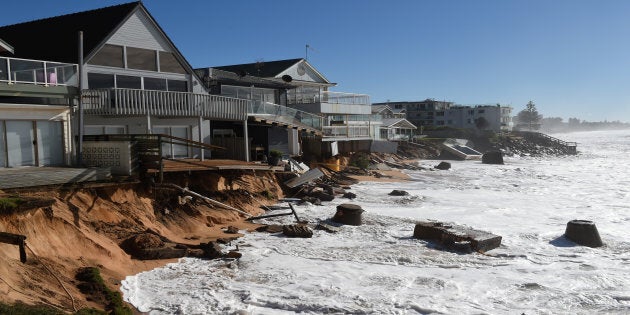
The storm surge that destroyed property in the Sydney beach suburb of Collaroy did not take locals by surprise.
A row of 10 beachfront homes and an apartment remain blocked off to 50 residents for their own safety. Balconies, swimming pools and gardens have been chewed up by the king tide and powerful swell, with the homes now teetering above the churning ocean.
But no one is surprised. This is a strip of land that has been identified as a coastal erosion risk since the 1920s, and debates about sea walls have spanned decades, almost lifetimes.

Hanneka Vasey told The Huffington Post Australia she lived in one of the homes a few years ago (you've probably seen it, it's the one that lost its pool).
"I always knew the oceans would come closer at some point so I told my then boyfriend to sell the house, and he did some years later," Vasey said.

Go back a few more decades and long-time resident Rose 'Eileen' Barnett, 87 remembers protesting the building of the houses in the first place.
"I'm just a silly old lady and even I knew it was a bad idea to build so close to the beach," Barnett told HuffPost Australia.

Barnett was born in neighbouring Narrabeen and to give you an idea of how times have changed, her father in law was the local chamber pot collector.
"We were a small community back then," Barnett said.
"I remember the storms in 1944 that flooded everything, so when they wanted to build houses on the beach, we all protested. We wrote letters."
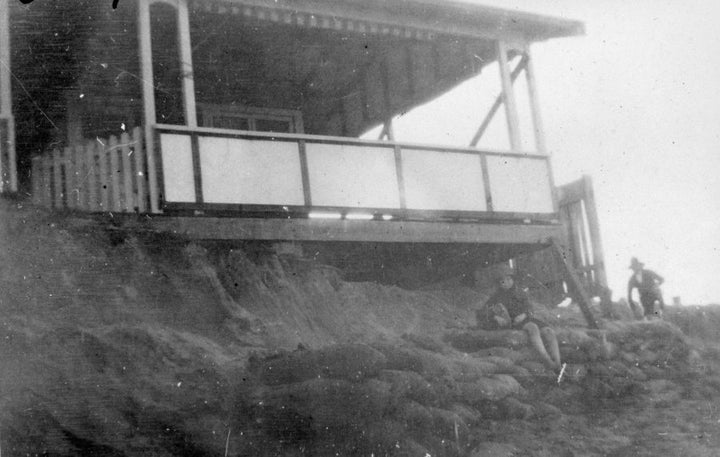
In 1974, another terrible storm swept through and Barnett said her neighbour's garage ended up in their living room. Again in the 80s, another storm. Another clean-up.
"The world goes around and you can't stop it doing its natural thing," Barnett said.
NSW Government Planning Minister, and northern beaches local, Rob Stokes told HuffPost Australia the area wasn't so different to the small community Barnett described from her youth.
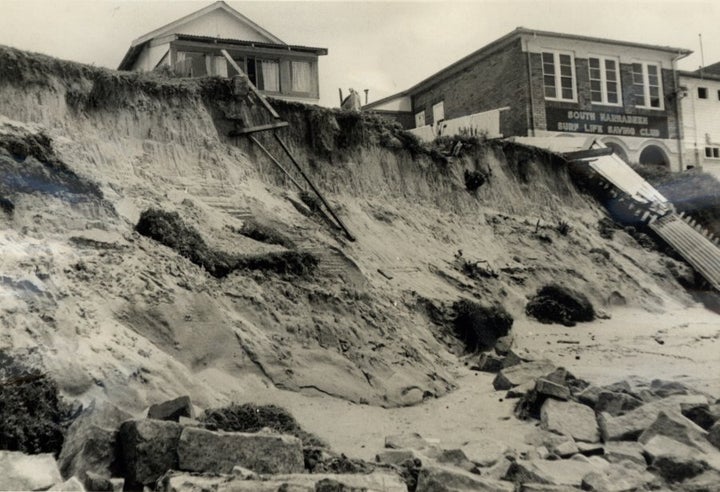
"When you look at it on a map, the Northern Beaches is almost an island," Stokes said.
"There are only three roads in and out and it's like a big country town."
This local pride translated into a 300-strong army of volunteers that worked through Tuesday night to sandbag the row of properties against high tide, laying 12,000 sandbags before the swell receded.
Stokes said the sandbagging was "an incredible example of the community" but also that it was a temporary measure to quell the tide, and that residents, council and state government needed a plan to protect the homes and the beach.
Northern Beaches Council General Manager Mark Ferguson told HuffPost Australia the homes would need to be protected and a sea wall was a clear solution, but not a cheap one, costing $12000 a metre.

He said that all up, the project could cost between $3 million and $5 million.
"I think it's fairly clear these 10 properties that have been damaged need a solution, but it needs to be funded, and it's not all going to be public money," Ferguson told HuffPost Australia.
"The landowners need to recognise the cost of this work and the value of their properties."
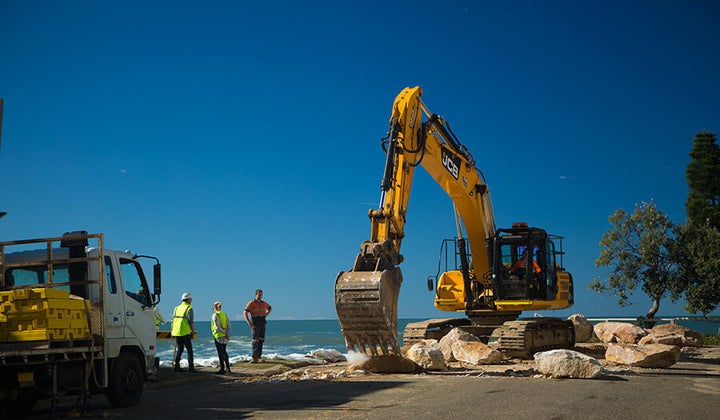
Funding aside, sea walls aren't without their controversy. Stokes said a sea wall could speed up coastal erosion on this already disappearing beach, or make waves more intense further down the beach.
"A sea wall is only as strong as its weakest link," Stokes said.
"We have to be sure that any sea wall that's built won't affect the beach. The best sea wall is one that no one knows is even there. At Bilgola (a few beaches north) there's a sea wall but no one knows because it's buried beneath the sand."
In 2014 Warringah Council consulted with landowners to have a seawall built but not all parties could agree on a shared funding arrangement.
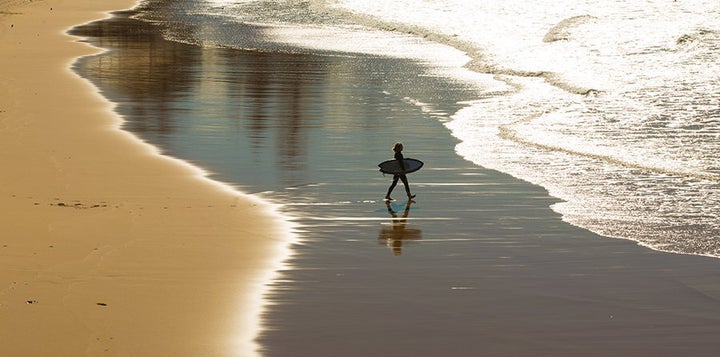
Despite the current erosion, there are people speaking out against any additional sea walls, including conservationist Brendan Donohue and wife Wendy Harmer.
Donohue this week said: "The defence of property, we understand it's significant and important but beaches are more important".
For Stokes, it's a balance issue.
"It's about protecting homes, but also taking action to protect vital coastal infrastructure -- Pittwater Rd is one of three roads in and out of the Northern Beaches," Stokes said.
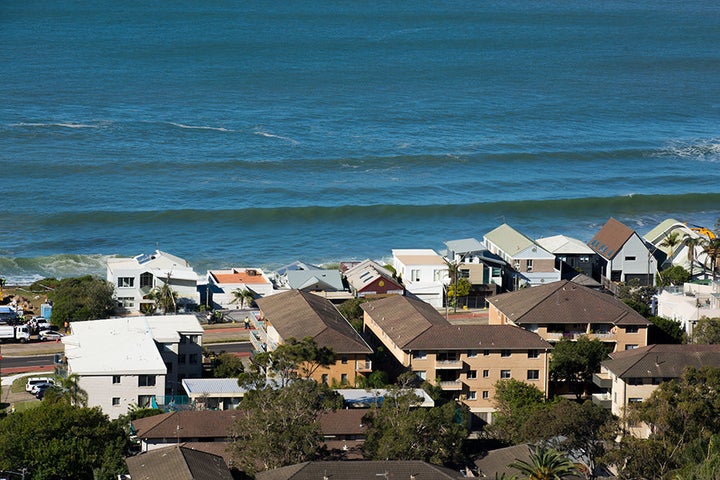
"Still, we can't forget about the beach in all of this."
After all, it's the beaches that bind this "big country town", and it's the beaches where they meet to talk, and point and say "I knew this was going to happen".
Editor's note: This version of the story has been updated to reflect the fact Brendan Donohue's comments were not made on the ABC 702 radio program of his wife Wendy Harmer, as the story previously incorrectly stated.